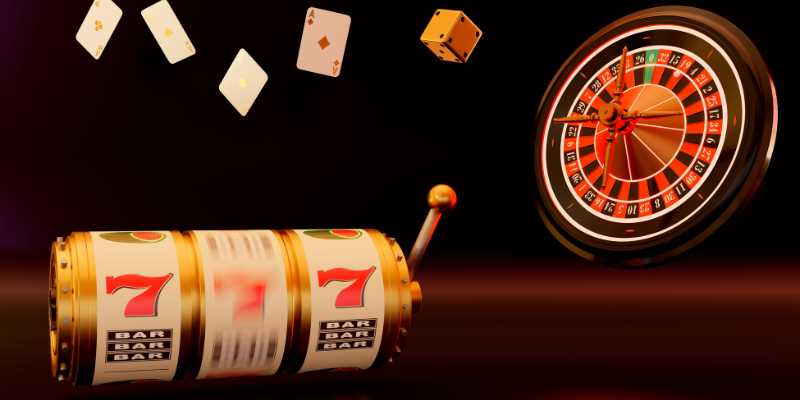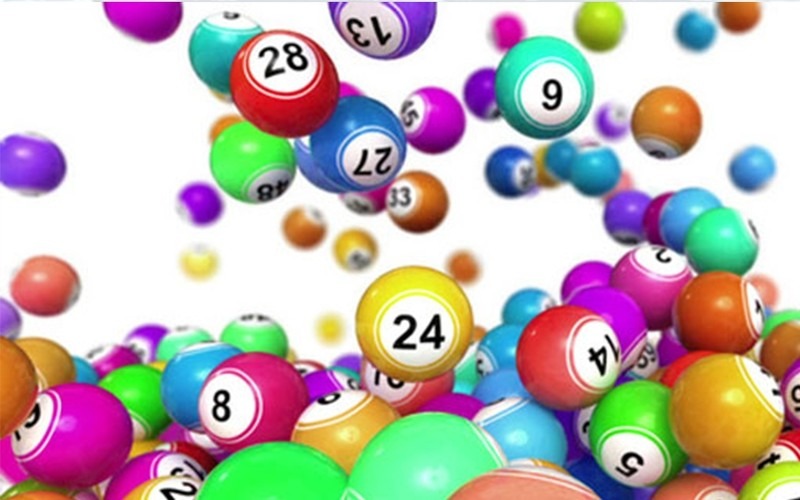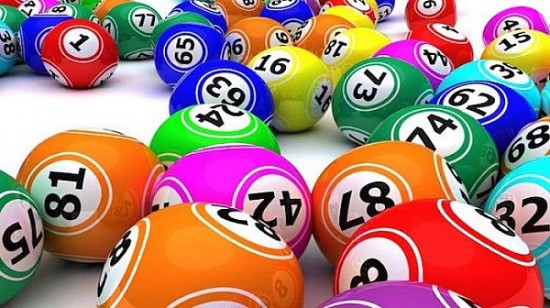Football, also known as soccer, is a beloved sport played and watched by millions of people around the world. While this sport has a rich history dating back thousands of years, it wasn’t until the mid-19th century that grass football truly began to take shape into its modern form. One of the most notable changes in football over the years has been the shift from playing on natural surfaces, such as grass and dirt, to artificial ones.
In this article, we will delve into the evolution of grass football, exploring its beginnings in ancient times and tracing its development to modern-day. We will discuss the benefits and drawbacks of playing on grass, the advancements in technology that have influenced this surface, and how it has shaped the game we know and love today.
The Origins of Grass Football
Although the exact origins of grass football are unknown, it is believed to have originated in ancient civilizations such as China, Greece, and Rome. In China, a game called “cuju” was played as early as 206 BCE, where players would kick a ball through a small net. Meanwhile, the Greek game “episkyros” involved throwing a ball back and forth between two teams. And in Rome, a game called “harpastum” involved kicking or throwing a small ball across a field.
However, it was not until the Middle Ages that a more recognizable form of football emerged. During this time, grass football was a popular pastime among the citizens of England, often played during holidays and festivals. However, the game was much different from what we know today. It was a rough and tumble sport, with very few rules and regulations. Goals were often marked by trees or rocks, and there was no limit to the number of players on each team.
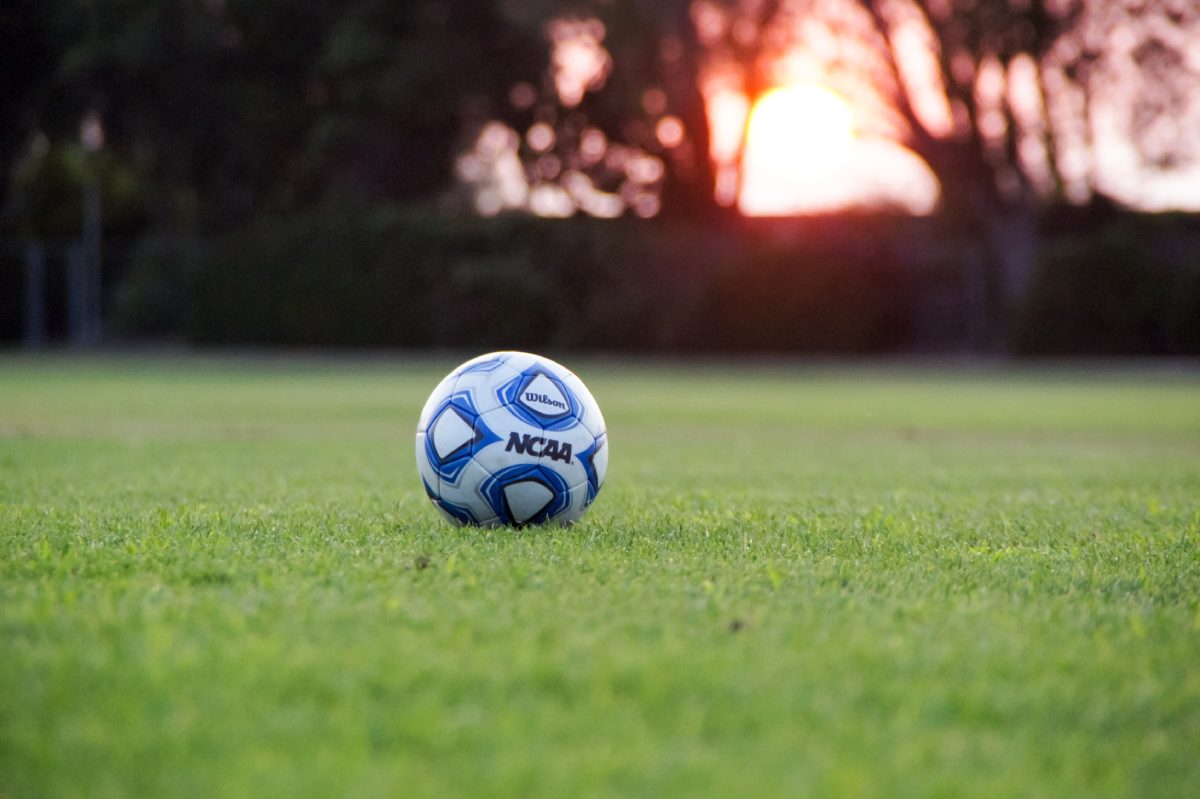
The precise beginnings of grass football remain uncertain, but it is thought to have emerged in ancient civilizations like China, Greece, and Rome
It wasn’t until the 19th century that football began to resemble the modern game we know today. This was largely due to the establishment of the Football Association in England in 1863, which introduced standardized rules and regulations for the game. With this came the need for proper playing surfaces, and thus began the evolution of grass football.
The Influence of Grass on the Game
Grass has been the default playing surface for grass football since its inception. There are several advantages to playing on natural grass, which have contributed to its popularity among players and fans alike.
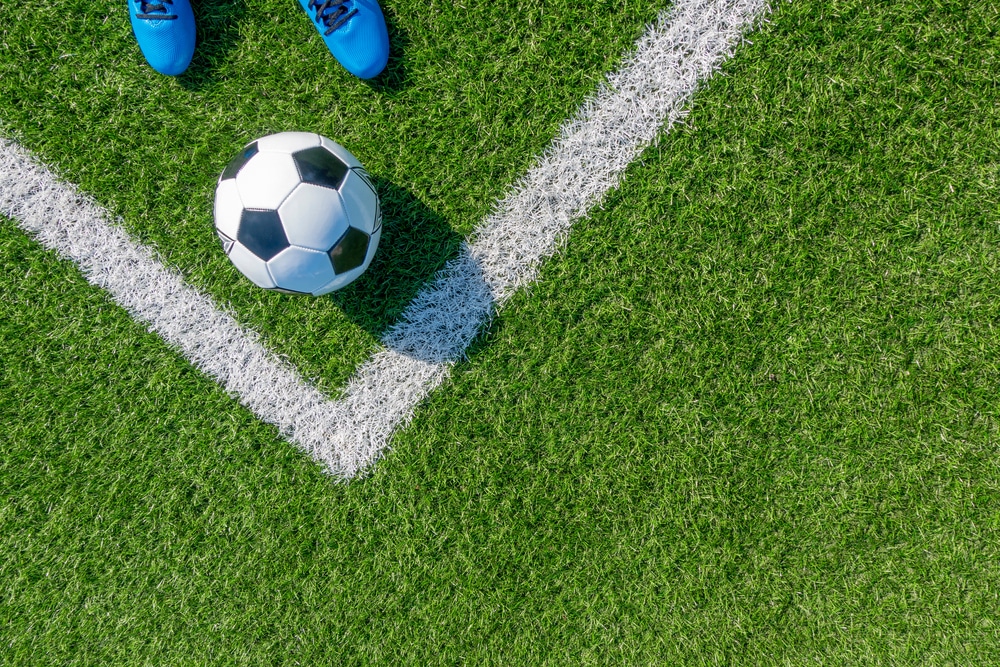
Natural grass offers numerous benefits that have contributed to its widespread popularity among both players and fans
Advantages of Playing on Natural Surfaces
One of the main advantages of playing on natural grass is the ball’s ability to roll smoothly across the surface. This allows for better ball control and more fluid gameplay. The softness of natural grass also reduces the impact on players’ bodies, making it less likely for them to suffer from injuries such as sprains or strains.
In addition to its practical benefits, natural grass also has a traditional appeal. Many football fans associate the sport with playing on a green field, and the smell of freshly cut grass is often synonymous with a day at the stadium. This traditional aspect of grass football adds to the overall experience for both players and spectators.
Disadvantages of Playing on Natural Surfaces
While there are many positives to playing on natural grass, there are also some drawbacks. One of the most significant disadvantages is the dependence on weather conditions. Heavy rain can result in waterlogged pitches, making it challenging for players to maintain their footing and for the ball to roll properly. In contrast, extreme heat can dry out the grass, making it hard and difficult to play on.
Another major drawback is the high cost of maintenance. Natural grass requires regular watering, mowing, and fertilization to keep it in good condition. This can be an expensive endeavor, especially for professional teams that play on a large scale. Additionally, natural grass surfaces are prone to wear and tear, and may need to be re-sodded or completely replaced over time.
Finally, one of the most significant challenges of playing on natural grass is the potential for an uneven playing surface. This can occur due to factors such as poor soil quality or heavy usage by both players and other events held on the same field. An uneven pitch can significantly affect both teams’ ability to play, leading to an unfair advantage.
Technological Advances in Grass Football
As the game of football continued to evolve throughout the 20th century, so did the technology used to create playing surfaces. This led to the development of hybrid turf and artificial turf, both of which have had a significant impact on modern-day grass football.

As grass football progressed in the 20th century, advancements in technology also improved the creation of playing surfaces
Hybrid Turf: A Blend of Natural and Synthetic Materials
Hybrid turf, also known as “reinforced natural grass,” is a combination of natural grass and synthetic fibers. The first hybrid turf system was installed in the Netherlands in 1997, and since then, it has become increasingly popular in professional football leagues around the world.
The process of creating hybrid turf involves injecting synthetic fibers into the natural grass surface, strengthening its root structure and reinforcing the soil. This results in a more robust, longer-lasting playing surface that can withstand heavy use. Hybrid turf also allows for better control of the field’s drainage, reducing the risk of waterlogging.
Artificial Turf: An Alternative to Natural Grass
Artificial turf, also known as “synthetic turf” or “fake grass,” is a man-made playing surface made from synthetic materials such as polyethylene, polypropylene, and nylon. The first form of artificial turf was created in the 1960s and consisted of short, plastic fibers on a concrete base. While this early version of artificial turf was durable, it was not suitable for grass football due to its hard surface, leading to an increased risk of injury.
Early Forms of Artificial Turf
In the 1980s, a new type of artificial turf called “Astroturf” was developed. It consisted of longer, softer fibers on a rubberized base, providing a more forgiving playing surface. Astroturf quickly gained popularity among professional football teams, with many stadiums installing it as their primary playing surface.
However, Astroturf had its drawbacks. The rubberized base would heat up significantly in the sun, making it uncomfortably hot for players. The surface was also prone to causing friction burns and other injuries, leading to many professional teams switching back to natural grass.
Modern-Day Artificial Turf
In recent years, advancements in technology have led to the creation of newer, more sophisticated forms of artificial turf. These surfaces are designed to mimic the look and feel of natural grass while providing the durability and low maintenance benefits of synthetic materials.
Modern-day artificial turf consists of a softer, more realistic texture, with longer fibers that allow for better ball control and reduced risk of injury. The base layer is also made from recycled materials, making it an environmentally friendly option. In addition, artificial turf has improved drainage systems, making it more resistant to heavy rainfall and reducing the chance of waterlogging.
Stadium Lighting: Illuminating the Game
Another significant technological advancement that has influenced grass football is the development of stadium lighting. In the early days of football, games were limited to daylight hours only, as there was no way to illuminate the field at night. However, with the invention of floodlights, night games became possible, greatly expanding the sport’s reach and popularity.
Stadium lights have also had an impact on grass football surfaces. The intensity and direction of light can affect plant growth, resulting in uneven patches of grass on the pitch. To combat this issue, some stadiums use specialized lighting systems that provide an even distribution of light, allowing for optimal grass growth.
Grass Football Today
Today, both natural grass and artificial turf are used in football stadiums all over the world. The choice between the two surfaces often depends on factors such as climate, budget, and personal preference. Let’s take a closer look at how each surface is used in modern-day grass football.
The Prevalence of Artificial Turf in Professional Leagues
In professional football, artificial turf is more commonly used compared to natural grass. This is especially true in North America, where the majority of the stadiums have artificial turf surfaces. The main reason for this is the harsh winter climate in many of these regions, making it challenging to maintain natural grass year-round.
In Europe, artificial turf is also gaining popularity, with many professional teams opting to install hybrid or artificial surfaces in their stadiums. In fact, in 2015, the UEFA European Championship was held on artificial turf for the first time in its history, sparking debate among players and fans about the quality of play on this surface.
The Continued Use of Natural Grass in Major Tournaments
While artificial turf may be prevalent in professional leagues, natural grass remains the surface of choice for major international tournaments such as the FIFA World Cup and the UEFA Champions League. The reason for this is that these tournaments are typically held during summer months when weather conditions are more suitable for natural grass.
In addition, many players and fans believe that playing on natural grass results in a better quality of grass football. This has led to many protests against the use of artificial turf in major tournaments, with players citing concerns over increased risk of injury and changes in gameplay due to the different surface.
The Impact of Technology on Grass Football
Technology has had a significant impact on how football is played on natural and artificial surfaces. With advancements in turf technology, players can now enjoy a more realistic feel and improved performance on synthetic pitches. At the same time, innovations in irrigation and lighting systems have helped improve the quality of natural grass surfaces.
Technology has also brought about changes in the way grass football is viewed and consumed by fans. The introduction of video assistant referee (VAR) technology, for example, has helped improve the accuracy of decision-making on the field. In addition, developments in broadcasting technology have made it possible for fans to watch games from anywhere in the world, further expanding the reach of grass football.
The Controversies Surrounding Grass Football
While the evolution of grass football has brought about many advantages, it is not without its controversies. In recent years, there have been concerns raised about the use of artificial turf and its potential impact on players and the environment.
Environmental Concerns with Artificial Turf
One of the main criticisms of artificial turf is its negative impact on the environment. Artificial turf is made from non-biodegradable materials, which means that once it is worn out, it ends up in landfills, contributing to pollution. In addition, the production of synthetic turf requires the use of fossil fuels, further damaging the environment.
In response to these concerns, some companies have started producing artificial turf made from recycled materials. However, this solution still does not address the issue of disposal once the turf is no longer usable.
Alleged Health Risks for Players
Another controversy surrounding artificial turf is the alleged health risks associated with playing on it. In particular, there have been concerns raised about the potential for long-term exposure to rubber pellets used as infill in artificial turf to cause cancer.
While studies have found a slight increase in the risk of certain cancers among individuals who play on artificial turf, it is unclear whether this is directly linked to the use of rubber pellets. Many experts argue that the risk is minimal and can be mitigated by proper maintenance and cleaning of the turf.
The Debate Over the Quality of Play on Artificial Turf
As mentioned earlier, many players and fans believe that playing on natural grass results in better quality gameplay compared to artificial turf. This has led to debates over whether games played on artificial surfaces should be considered equal to those played on natural grass.
One argument is that artificial turf leads to a faster-paced game due to the ball bouncing differently compared to natural grass. As a result, players need to adjust their style of play, making it difficult to compare performances between games played on different surfaces.
The Future of Grass Football
As technology continues to advance, we can expect to see further developments in grass football surfaces. One area that is already gaining traction is the use of artificial turf with a natural look and feel. These surfaces are designed to mimic the appearance and performance of natural grass while providing the durability and low maintenance benefits of synthetic materials.
In addition, there has been a growing interest in using alternative materials for artificial turf, such as cork or coconut fibers. These materials are biodegradable and have a lower environmental impact compared to traditional synthetic turf. While these options are still relatively new, they could potentially become more widely used in the future.
The future of natural grass surfaces also looks promising, with advancements in irrigation, lighting, and other technologies helping to improve their quality and durability. This could lead to a decrease in the number of stadiums using artificial turf, as natural grass surfaces become easier to maintain and can withstand heavy usage.
Conclusion
From its early beginnings in ancient civilizations to the global phenomenon it is today, grass football has come a long way. The evolution of grass football has played a significant role in shaping the sport into what it is today. Whether it’s playing on natural grass or artificial turf, each surface has its unique advantages and drawbacks, and both continue to be used in professional leagues and major tournaments around the world.
As technology continues to advance, we can expect to see further improvements in both natural and artificial grass surfaces. However, one thing remains constant – the love and passion for the game of grass football will continue to grow, regardless of the playing surface.





